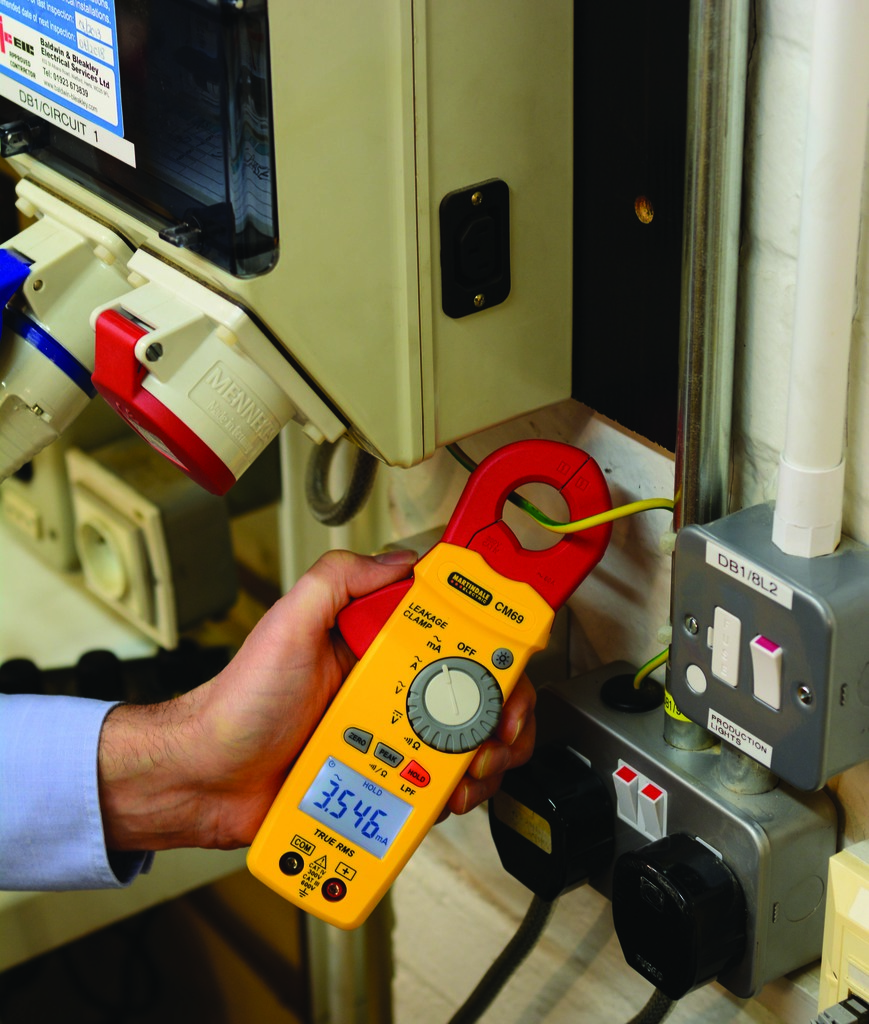

|
Edward Lowton
Editor |


|
| Home> | Efficient Maintenance | >Maintenance products | >Latest leakage clamp meter |
Latest leakage clamp meter
26 January 2016
Now available from Martindale Electric is the new CM69 TRMS AC Leakage Clamp Meter, for troubleshooting leakage currents where some other clamps can’t, for example, for tracking down the causes of nuisance RCD tripping.

Featuring low current performance with a resolution 0.001mA, the new clamps makes it easy to accurately measure AC currents from less than 0.1mA to 60A. The CM69 features a special jaw design which minimises the influence of adjacent current conductors, enabling professionals to perform precise and reliable tests at very low currents.
One of the few testers on the market which uses True RMS measurement, the CM69 ensures that leakage currents can be identified and measured accurately even when due to harmonics. In addition, the new design includes a switchable filter enabling repeatable periodic measurements at 50Hz for assessing insulation quality and deterioration without powering down the circuit.
The advanced features and high resolution make the new clamp an essential live troubleshooting tool for all electricians enabling fast solutions to common problems from nuisance tripping of RCDs, through to identification of triplen neutral currents. The very low current capability means it can also be used to simplify appliance testing by measuring leakage currents through the earth conductor or by clamping around both live and neutral conductors to measure the differential leakage current.
The new compact clamp includes AC/DC voltage measurement, plus resistance and continuity functions meaning it can be used to replace other general purpose clamps as well as offering a high level of troubleshooting. A CATIV safety rating and rugged design ensures the CM69 can be used in the most demanding applications.
Competitively priced, the CM69 is a lightweight and simple to operate meter with a high contrast backlight display for use in areas where ambient lighting is poor.

















